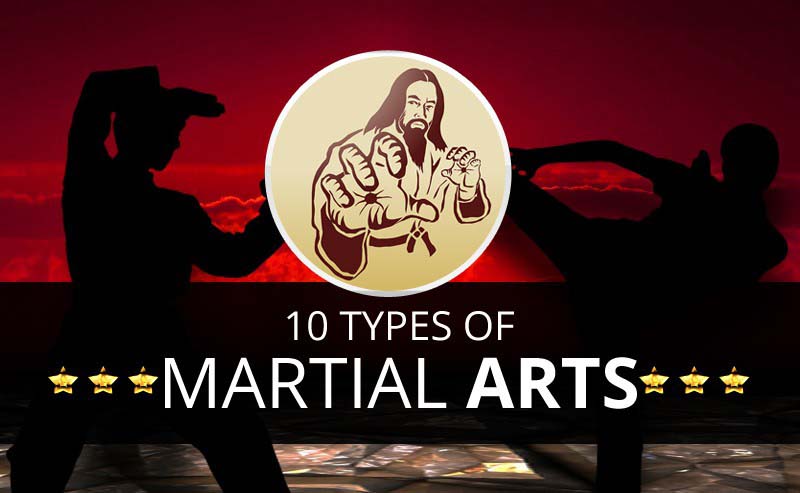The Background And Viewpoint Of Fighting Style: A Deep Dive
The Background And Viewpoint Of Fighting Style: A Deep Dive
Blog Article
Write-Up Produced By-Rafferty Barbour
Enter the ancient globe where martial arts were born out of necessity in diverse regions. Societies crafted special fighting styles intertwined with historical contexts. Techniques progressed over centuries through committed practice and cultural exchanges. Today, modern martial arts blend traditional elements for maximum efficiency. Philosophically, martial arts stress technique, self-improvement, and consistency. https://chancemyirz.blog4youth.com/30769436/check-out-the-surprise-expertise-of-martial-arts-judo-and-taekwondo-uncover-the-old-appeal-associated-with-these-martial-arts-disciplines-and-investigate-their-distinct-techniques , humility, and equilibrium are fundamental principles directing specialists towards development and durability. Check out the depths of this rich background and approach to discover the extensive influences forming this long-lasting self-control.
Beginnings of Martial Arts
Fighting style came from different regions worldwide, evolving as sensible combat systems to resist hazards. These ancient combating designs were established out of requirement, with each culture crafting strategies fit to their distinct environments and obstacles. From the grappling arts of Jujutsu in Japan to the striking strategies of Martial art in China, martial arts were deeply intertwined with the historical, social, and cultural textile of their respective cultures.
In Japan, the samurai class polished martial arts like Kenjutsu, the art of the sword, which later advanced into the a lot more popularized kind of Kendo. At the same time, in Brazil, Capoeira became a blend of dance and battle, produced by enslaved Africans as a way to resist fascism. Each martial art lugs with it a rich background and viewpoint, mirroring the values and beliefs of the people who exercised them.
As you delve into the origins of martial arts, you reveal a tapestry of human ingenuity, resilience, and the unrelenting spirit of warriors throughout time.
Development of Techniques
Through centuries of practice and improvement, combat methods within various martial arts have actually gone through a profound development. From old designs like Martial art and Karate to a lot more modern-day disciplines such as Brazilian Jiu-Jitsu and Krav Maga, the advancement of techniques has been driven by a mix of cultural influences, functional applications, and technical innovations.
One significant aspect of this advancement is the cross-pollination of strategies between various martial arts. For instance, strategies from standard Japanese Jiu-Jitsu were included into the creation of Judo by Jigoro Kano in the late 19th century. This mixing of styles has brought about the growth of crossbreed martial arts like Mixed Martial Arts (MIXED MARTIAL ARTS), which combine components of striking, grappling, and submission techniques.
In addition, the evolution of strategies has actually been shaped by the enhancing emphasis on efficiency and effectiveness in fight. Experts have actually continually sought to fine-tune their strategies through extensive training, testing, and competitors, resulting in the growth of extremely specialized and reliable fighting designs. Generally, the evolution of methods in martial arts reflects the dynamic nature of battle and the continuous mission for renovation and technology.
Philosophical Foundations
Checking out the underlying thoughtful concepts of martial arts provides understanding into their core values and leading ideas. At the heart of numerous martial arts techniques is the idea of discipline itself. By educating your mind and body to act as one cohesive system, you grow technique that prolongs past the dojo or fitness center into everyday life. This discipline includes regard, humility, and self-constraint, shaping not just your physical abilities but also your character.
Another fundamental thoughtful foundation in martial arts is the idea of continuous self-improvement. The trip of understanding a martial art is nonstop, with practitioners continuously making every effort to better themselves, both literally and mentally. This focus on development fosters resilience, perseverance, and a growth mindset that can be applied to all elements of life.
Additionally, martial arts emphasize the importance of harmony and balance. Strategies are made to utilize an opponent's power against them, highlighting the principle of yielding and redirecting force as opposed to fulfilling it head-on. This viewpoint includes interpersonal relationships, promoting tranquil resolutions and good understanding. By embracing these thoughtful foundations, martial musicians not only improve their battle skills yet additionally cultivate a way of life fixated individual development, regard, and harmony.
Conclusion
In conclusion, the history and philosophy of martial arts use a rich tapestry of tradition, discipline, and self-improvement.
Take for example the story of Bruce Lee, that revolutionized martial arts by mixing different designs and philosophies to produce his own distinct form of Jeet Kune Do.
With devotion and development, martial musicians remain to push borders and influence others to reach their full capacity both in battle and in life.
